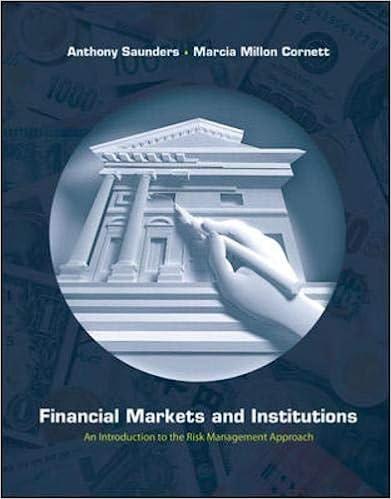Answered step by step
Verified Expert Solution
Question
1 Approved Answer
Problem 1 6 - 1 0 Leverage and the Cost of Capital ( LO 1 ) Increasing financial leverage increases both the cost of debt
Problem Leverage and the Cost of Capital LO
"Increasing financial leverage increases both the cost of debt and the cost of equity So the overall cost of capital
cannot stay constant." This problem is designed to show that the speaker is confused. Buggins Inc. is financed equally by debt and
equity, each with a market value of $ million. The cost of debt is and the cost of equity is The company now makes a further
issue of debt and uses the proceeds to repurchase equity. This causes the cost of debt to rise to and the cost of equity to rise to
Assume the firm pays no taxes.
a After the debt issue, what percent of the firm is financed with debt? Do not round intermediate calculations. Enter your answer as
a whole percent.
Percentage of debt
b After the debt issue, what percent of the firm is financed with equity? Do not round intermediate calculations. Enter your answer
as a whole percent.
Percentage of equity
c What is the overall cost of capital? Enter your answer as a percent rounded to decimal place.

Step by Step Solution
There are 3 Steps involved in it
Step: 1

Get Instant Access to Expert-Tailored Solutions
See step-by-step solutions with expert insights and AI powered tools for academic success
Step: 2

Step: 3

Ace Your Homework with AI
Get the answers you need in no time with our AI-driven, step-by-step assistance
Get Started


